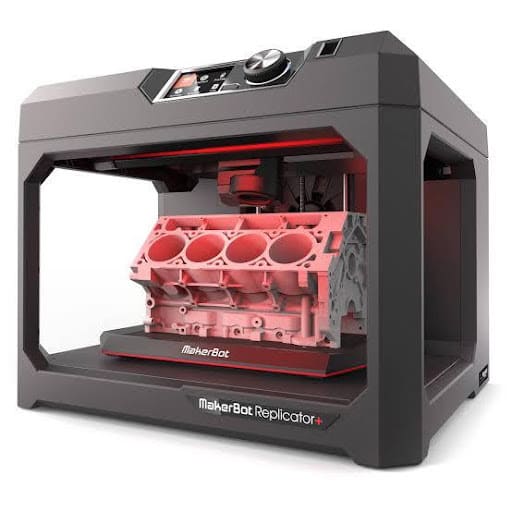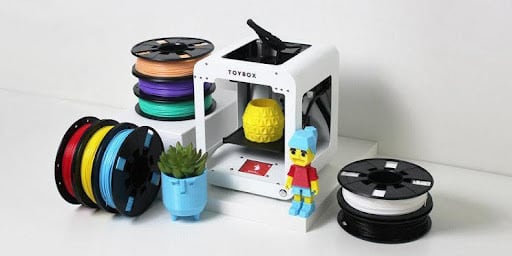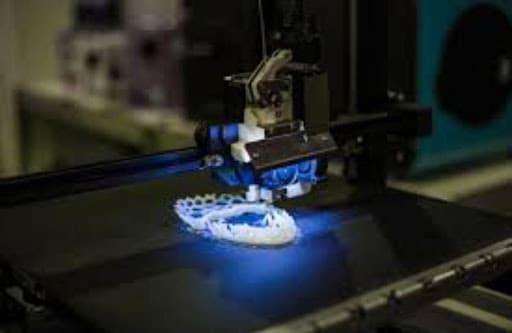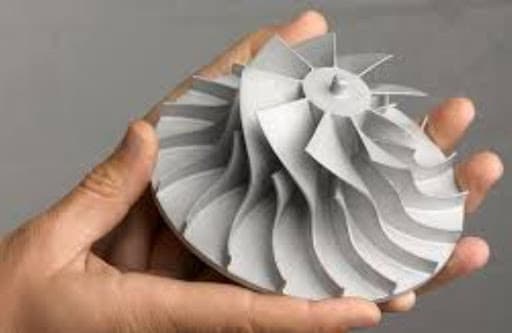Even the most talented artists have difficulty depicting true items in their full (3D) beauty. In Majority cases, it is an unimportant case; gazing at a photograph or drawing will suffice. However, nothing surpasses possessing a working model: one you could touch, hold, and feel in a situation whereby you are in the profession of creating innovative items and desire to showcase them off to users. The problem is that replicas take a long period to construct with your hand, and equipment which could produce "quick prototypes" are extremely expensive. Hence, applause for 3D printers responsible for operating in an identical manner to inkjet printers and could construct 3D models layer by layer at up to 10 times the speed and a fifth the cost. What exactly are they and the way they work? Let us have a closer look at it.
What is a 3D Printer?
3D printers could as well be called additive manufacturing. It is a technique that involves creating 3D solid stuff from a PC file. They are utilized in creating 3D printed things. You can construct things via 3D techniques by organizing step-by-step arrangements of material until it is finished. You can view all the arrangements as a cross-sectional view of the item which has been lightly cut.
How Does 3D Printing Work?
3D Modeling Software
Three-dimensional modeling is the first thing you have to do when additive manufacturing. Everything ought to be manufactured in software for three-dimensional modeling to optimise accuracy. Traditional production methods cannot handle some designs because they are elaborate and precise. CAD softwares is needed. With models, printers succeed in personalizing their things to the littlest detail. It is extremely crucial in sectors like dentistry, whereby they utilize three-dimensional softwares in the development of dental braces that suits a person perfectly. It is particularly crucial in the space sector because it is utilized in the creation of complex rocket parts.
Getting the Model Sliced
Getting a model sliced is the next step after its production. Since three-dimensional printers, unlike humans, are unable to comprehend the idea of 3D, engineers must start slicing it into sections for the printer to succeed in generating the final result. The software captures and scans the sections of the model and instructs the printer on the way it should begin replicating that section. 3D printers utilize slicers to tell them the place they can fill a model. By filling the model, you have to continue adding interior structure to something that has undergone additive manufacturing. Once you have finished slicing the model, you have to get it transported to the 3D printer to begin the process of additive manufacturing.
Materials for 3D Printing
A 3D printer utilizes several kinds of materials to duplicate something to the best of its ability. Some instances are as follows:
ABS: It is a plastic known to be simple to mould yet difficult to break. It is identical to what toy manufacturers normally utilize in the production of LEGOs.
Carbon Fiber Filaments: They are utilized for the production of things that must be both sturdy and light-weight.
Conductive Filaments: They are in their early phase of development, but could be utilized when creating circuits with no need for wires. Wearable technologies can benefit from it.
Flexible Filaments: They generate flexible but robust prints.
Metal filaments: They are created from finely powdered metals and polymer glue. Whenever you plan on achieving the genuine outlook and style of a metal item, they could be manufactured from any kind of metal.
Techniques for 3D Printing
Stereolithography: It is a kind of quick prototype printing which is ideally suitable when printing in fine detail. With the printer, you can succeed in producing several things within a few hours by utilizing a UV laser.
DLP: Since the sections get dried up in seconds, it may generate prints at a quicker rate compared to stereolithography printing.
CLIP: It utilizes DLS printing technology to display a series of UV pictures across the cross-section of anything 3D printed, leading to a precise curing procedure. Afterwards, the object is cooked, and it then undergoes a series of chemical reactions which enable it to solidify.
Material Jetting: It helps in building a foundation by arranging material droplets in sections via a tiny ⌀ faucet, which is later hardened with UV radiation.
Binder Jetting: It is a technique that involves organizing a powdered product alongside a liquid adhesive that is delivered via jet faucets in layers so that they will serve as a glue.
FDM: It involves loosening up a plastic filament from a small cylinder and spreading it horizontally and vertically via a hot faucet, producing the item as the molten material gets hard.
3D Printing Applications
- Rapid prototyping and rapid manufacturing Organizations could utilize additive manufacturing whenever they are creating prototypes as it could give them an opportunity to evaluate another product's capability and speed up production without having to utilize costly models or proprietary technologies.
Furthermore, it would be utilized for quick production by organizations across numerous industries, granting them the opportunity of saving money whenever they are generating small quantities of customized products.
Components
3D printing improved in functionality and precision, permitting the creation and acquisition of parts that are exclusive or not accessible so that a product may be delivered on time. Furthermore, equipment and systems deteriorate over time and might require immediate repair, and 3D printing helps in providing an easy access way for achieving that.Tools
Tools tend to deteriorate with time and they might become unavailable, outmoded, or way costly to replace. With 3D printing, it is simple to produce and replace tools for different purposes while maintaining excellent durability and reusability.Models
While 3D printing might be incapable of replacing every kind of production, it can offer a cost-effective way to produce models for 3D representations. Additive manufacturing has opened new possibilities for modeling utilizations as the costs of additive manufacturing continuously declining and becoming totally accessible.
Conclusion
In comparison with the traditional production methods, 3D printing lets you make intricate shapes with fewer materials.







Top comments (0)